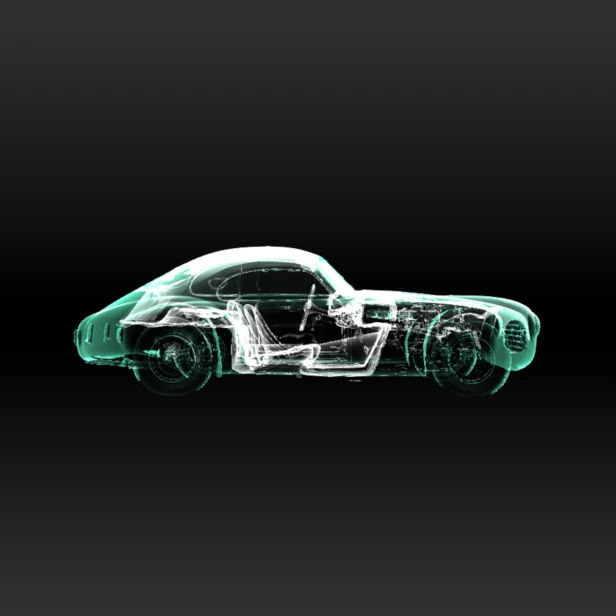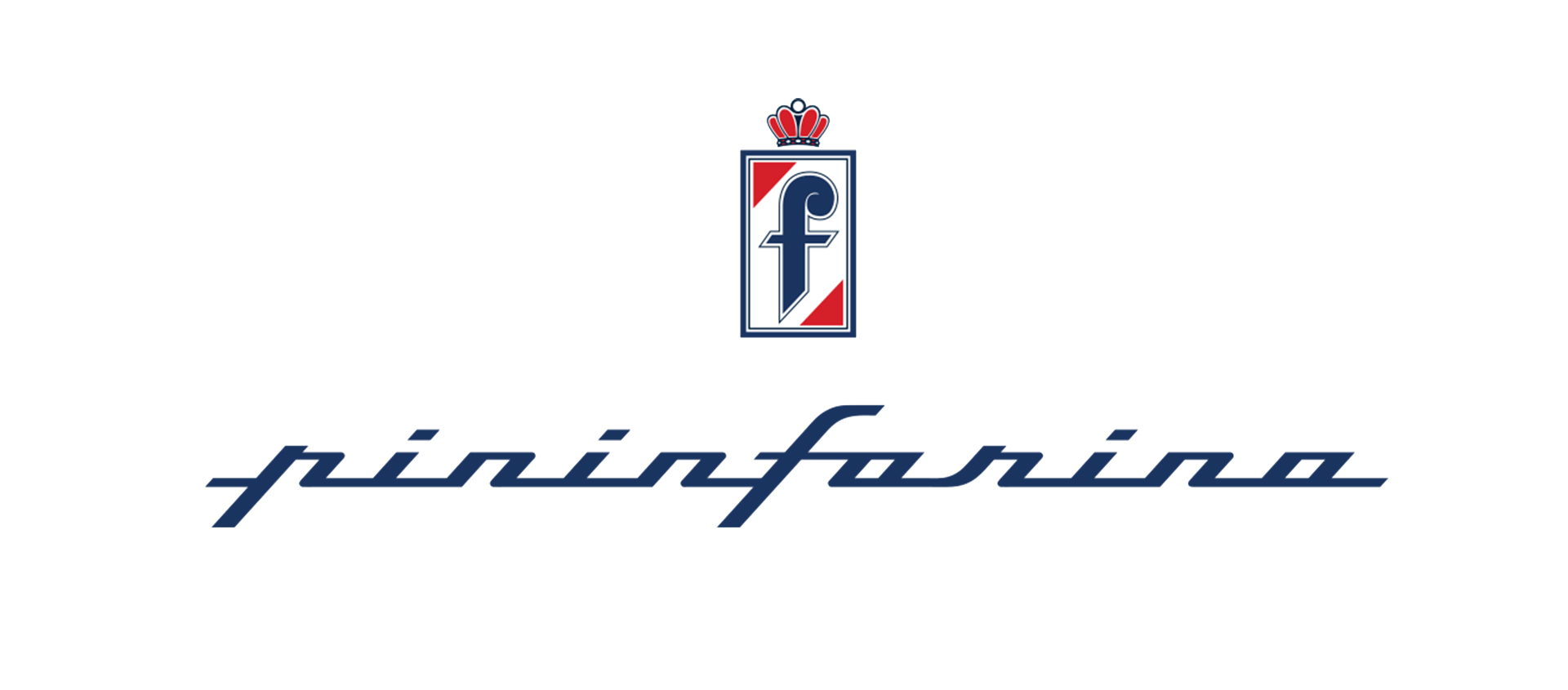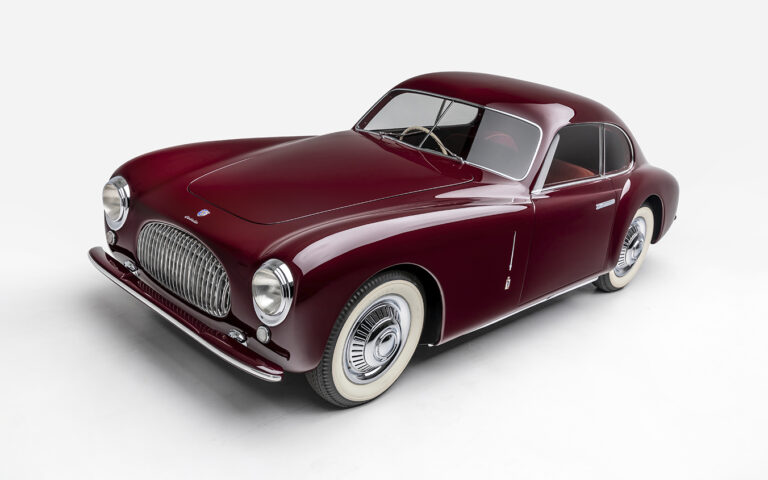1947 Cisitalia 202
07 May 2023 3 min read 3 images - INSIDE

The story of Cisitalia began in Turin, Italy, in 1946. Founded by the eclectic entrepreneur Piero Dusio and the driver Piero Taruffi, it initially focused on the development of a single-seater, the D46 which, thanks to a number of sporting successes and the iconic image of Tazio Nuvolari who continued to race despite the steering wheel becoming detached, shot the brand into the spotlight. This increased popularity gave Cisitalia the motivation to expand its range with a small sports car for road use based on the mechanics of the D46, which would go on to represent a fundamental chapter in the history of motoring.
Register to unlock this article
Signing up is free and gives you access to hundreds of articles and additional benefits. See what’s included in your free membership. See what's included in your free membership.
Already have an account? Log In



